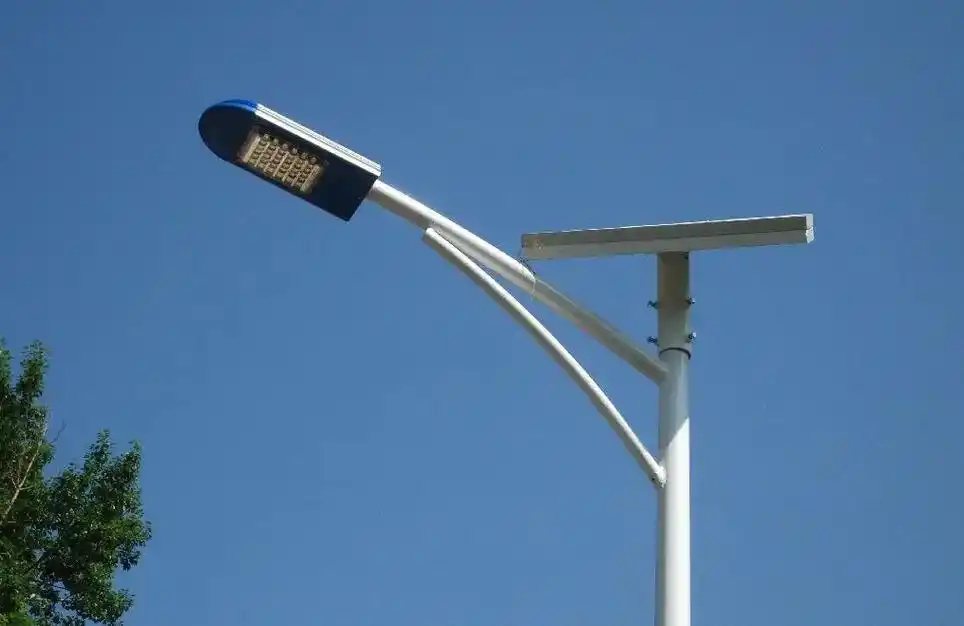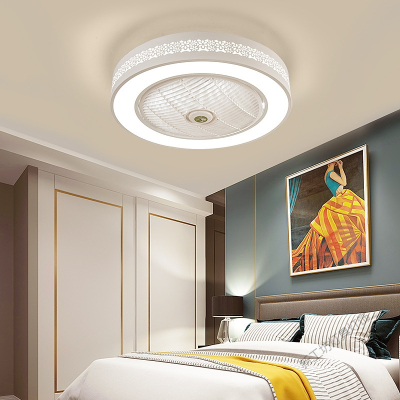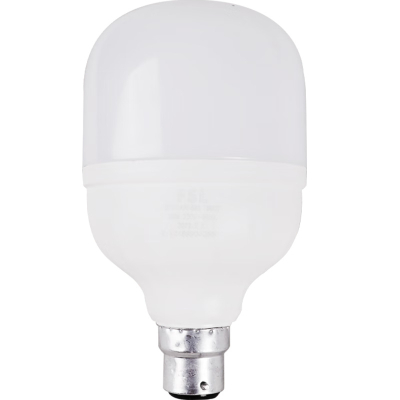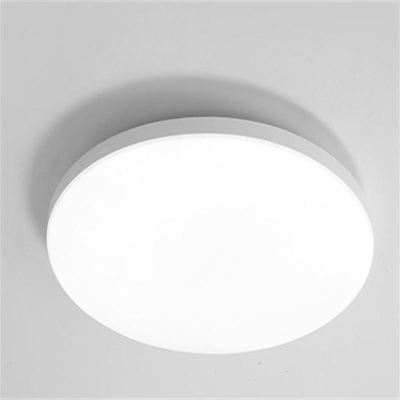Sodium Lamp Solar Street Light
A sodium lamp solar street light is a unique type of street lighting system that combines the traditional high - pressure sodium lamp with solar - power generation technology.
The solar panel is a fundamental component. It's typically made up of photovoltaic (PV) cells that convert sunlight into electrical energy. For a sodium lamp solar street light, the solar panel needs to be sized appropriately to generate enough power to operate the sodium lamp. The power output of the solar panel can vary depending on the wattage of the sodium lamp and the desired lighting hours. For example, if the sodium lamp is a 70 - watt bulb and is expected to light up for around 10 hours a night, the solar panel might need to have a power output of at least 100 - 120 watts to account for energy losses during conversion and storage. These solar panels are usually made of materials like polycrystalline or monocrystalline silicon, with polycrystalline being a more cost - effective option while monocrystalline offers higher conversion efficiency.
The high - pressure sodium (HPS) lamp is the light - emitting part of the street light. HPS lamps are known for their high lumen output and ability to provide a bright, yellow - orange light. The color temperature of a typical HPS lamp is around 2000 - 2200K, which gives a warm and penetrating glow. The lumen output can range from 6000 to 15000 lumens depending on the wattage of the lamp. For instance, a 70 - watt HPS lamp can emit approximately 6000 - 7000 lumens. They are widely used in street lighting because of their long - range visibility and ability to penetrate through fog and other adverse weather conditions.
The battery stores the electricity generated by the solar panel during the day. Commonly, lead - acid batteries or lithium - ion batteries are used. Lead - acid batteries are more traditional and cost - effective, but they have a lower energy density and shorter cycle life compared to lithium - ion batteries. In a sodium lamp solar street light system, the battery capacity needs to be carefully calculated. For example, if the solar panel generates electricity during the day and the sodium lamp consumes 70 watts at night, a battery with a capacity of at least 7 - 10Ah (amp - hours) might be required, depending on the efficiency of the battery and the charging - discharging cycle.
The controller plays a vital role in managing the operation of the sodium lamp solar street light. It controls the charging of the battery from the solar panel during the day, ensuring that the battery is not overcharged. It also regulates the power supply to the sodium lamp at night. The controller can have features such as light - sensing, which automatically turns on the lamp when the ambient light level drops below a certain threshold and turns it off when it gets bright enough. Additionally, some advanced controllers can adjust the power output to the lamp to optimize energy usage or provide dimming functions during off - peak hours.
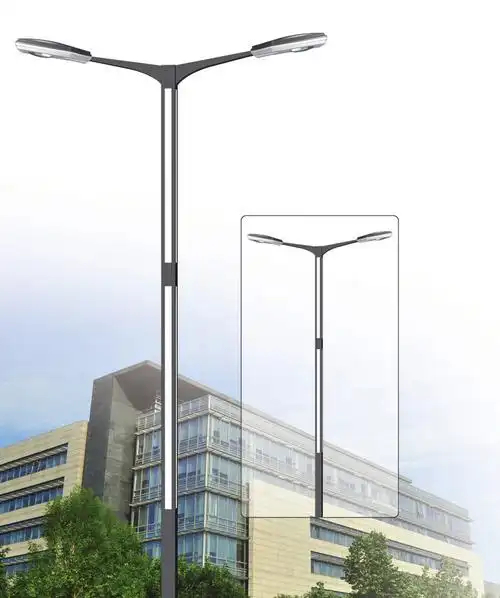
During the day, sunlight falls on the solar panel. The photovoltaic effect causes the PV cells to generate a direct current (DC). This DC electricity is then sent to the battery through the controller. The controller monitors the battery's state of charge and adjusts the charging current to prevent overcharging.
When night falls and the ambient light intensity detected by the light sensor of the controller drops to a low level, the controller activates the high - pressure sodium lamp. The battery supplies power to the lamp through an inverter (if necessary, as HPS lamps usually require an AC supply and the battery provides DC). The inverter converts the DC power from the battery into alternating current (AC) to match the requirements of the sodium lamp. The lamp then emits its characteristic bright, yellow - orange light to illuminate the street or area. As the battery discharges, the controller continues to manage the power supply to ensure stable lighting until the battery is depleted or until the next morning when the solar panel starts re - charging.
By integrating solar power generation, sodium lamp solar street lights reduce the dependence on the traditional electricity grid. This not only helps in saving energy costs but also contributes to a more sustainable energy usage pattern. The solar panel harnesses free solar energy during the day, which is then used to power the sodium lamp at night.
The high - pressure sodium lamp's light has excellent penetration capabilities. It can cut through fog, dust, and other particulate - laden air more effectively than many other types of lamps. This makes it a suitable choice for areas with poor weather conditions or high levels of air pollution. The warm - colored light also provides a familiar and comfortable visual experience for drivers and pedestrians.
The high - pressure sodium lamp technology has been around for a long time and is well - understood. It has a proven track record of reliability and durability. The components of the sodium lamp, such as the arc tube and the outer bulb, are designed to withstand various environmental conditions and have a relatively long lifespan, usually around 10,000 - 20,000 hours.
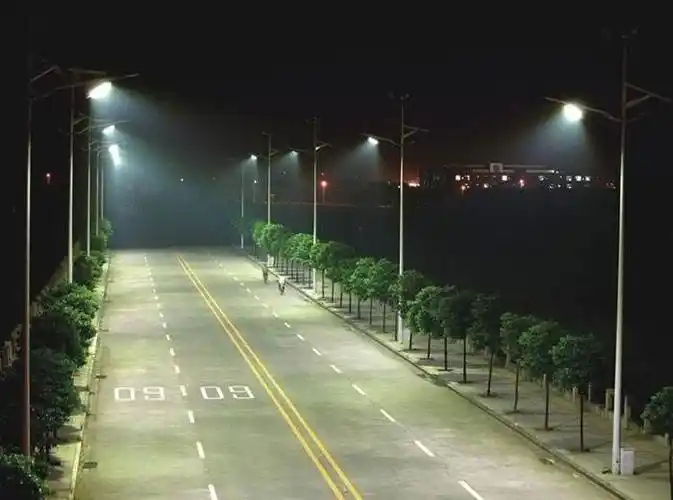
Compared to modern LED - based street lights, high - pressure sodium lamps are less energy - efficient. They consume more power to produce the same amount of light. This means that a larger solar panel and battery might be needed to support the operation of a sodium lamp solar street light, which can increase the initial cost and the space requirements of the system.
The light spectrum of sodium lamps is concentrated in a narrow range, mainly in the yellow - orange part of the spectrum. This can lead to a less accurate color rendition compared to other light sources. In applications where color discrimination is important, such as in areas with security cameras or in certain commercial settings, this can be a drawback.
Sodium lamp solar street lights are commonly used in roadway and highway lighting, especially in areas where foggy conditions are frequent. The bright and far - reaching light helps drivers to have a clear view of the road ahead and the surrounding environment.
Industrial Area Lighting
In industrial areas, these street lights can provide sufficient illumination for large open spaces, loading docks, and access roads. The ability of the sodium lamp to penetrate through dust and other industrial pollutants makes it a practical choice for such settings.
Residential Area and Community Lighting
They are also suitable for lighting residential areas and communities. The warm - colored light gives a cozy and familiar feel to the neighborhood, and the solar - powered aspect can be an attractive feature for areas aiming to reduce their carbon footprint.

